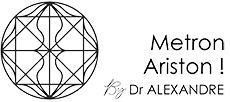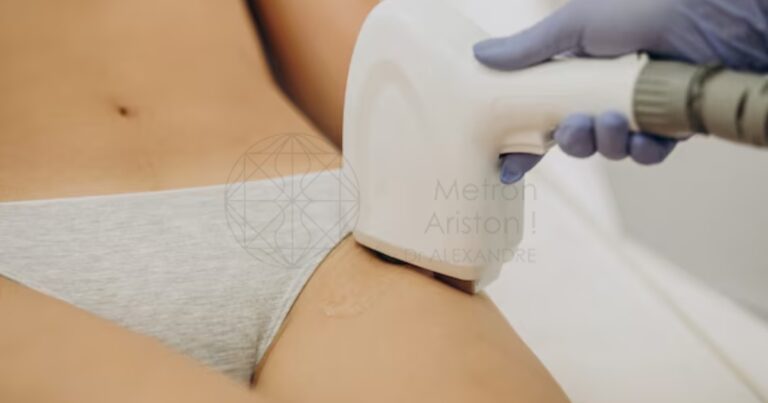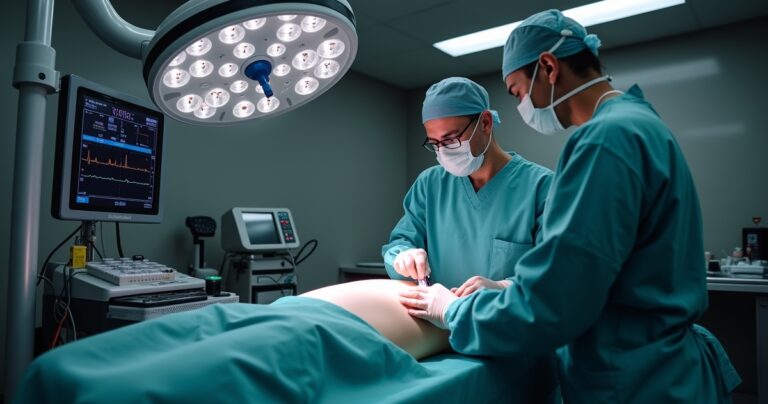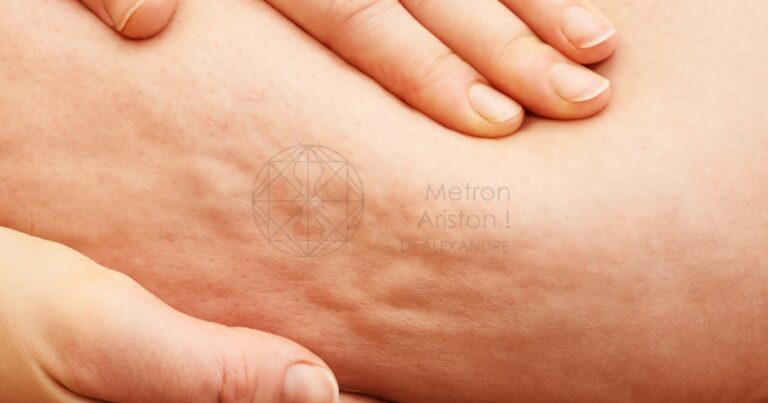Introduction
Liposuction remains one of the most sought-after cosmetic procedures, offering a solution for those looking to refine and reshape their bodies by removing unwanted fat. However, it’s crucial for patients to have realistic expectations regarding the recovery process, particularly when it comes to swelling, which is a natural part of healing.
Liposuction Services Dubai help people remove extra fat from their bodies to look and feel better. it’s like a special treatment to make you healthier and happier!
When Does Liposuction Swelling Go Down?
Understanding the Timeline of Post-Liposuction Swelling
The journey to seeing the final results of liposuction involves patience as the body heals and adjusts. Swelling is a typical response that can obscure the new contours initially. Generally, the majority of swelling subsides within the first few weeks, but it can take several months for all swelling to resolve completely.
- Initial reduction : Most patients notice a decrease in swelling within the first month.
- Continued improvement : Swelling continues to diminish over the next several months.
Factors that Influence the Duration of Swelling
Several factors can affect how long swelling lasts after liposuction, including the extent of the procedure, the areas treated, and individual healing rates. Personal habits, such as diet and exercise, also play a role in the recovery timeline.
- Procedure extent : Larger areas or multiple sites may result in more prolonged swelling.
- Personal health : Overall health and lifestyle choices can impact healing speed.
The Healing Process: Swelling and Recovery
The Body’s Natural Response to Liposuction Surgery
After liposuction, the body initiates a healing response, which includes swelling. This is the body’s way of protecting the area and providing the necessary resources for recovery.
- Inflammation : A sign that the body is repairing itself.
- Fluid accumulation : Temporary fluid retention is common post-surgery.
Stages of Swelling: Initial, Peak, and Subsidence
Swelling typically follows a pattern, starting from the initial response, peaking, and then gradually subsiding. The initial swelling is noticeable right after surgery, peaks within the first week, and then slowly decreases.
- Initial stage : Swelling is evident immediately after the procedure.
- Peak stage : Swelling is at its most pronounced within the first 7-10 days.
- Subsidence stage : Gradual reduction of swelling over the following months.
Managing Post-Lipo Swelling: Tips and Techniques 
Importance of Following Dr. Alexandre’s Post-Operative Instructions
Adhering to post-operative care instructions provided by Dr. Alexandre is essential for minimizing swelling and ensuring a smooth recovery. These guidelines are tailored to your specific needs and are designed to optimize healing.
- Follow-up appointments : Keep all scheduled visits to monitor progress.
- Medication adherence : Take any prescribed medications as directed.
Role of Compression Garments in Reducing Swelling
Compression garments are a critical component of post-liposuction care. They apply even pressure to the treated areas, helping to reduce swelling and support the new body contours.
- Consistent wear : Use the garments as instructed for the best results.
- Proper fit : Ensure the garment fits correctly to avoid uneven pressure.
The Benefits of Proper Hydration for Healing
Staying well-hydrated is vital for recovery. Water helps flush out toxins and can aid in reducing swelling by maintaining proper fluid balance in the body.
- Fluid intake : Drink plenty of water throughout the day.
- Avoid dehydrating substances : Limit caffeine and alcohol consumption.
The Peak of Liposuction Swelling
Identifying When Swelling Typically Reaches Its Maximum
Swelling usually reaches its peak within the first week post-surgery. During this time, it’s important to rest and allow your body to focus on healing.
- Expectations : Be prepared for the most swelling during this period.
- Observation : Monitor swelling and report any concerns to Dr. Alexandre.
How to Cope with Peak Swelling
Managing discomfort and swelling during this peak period involves following your surgeon’s advice, resting, and using any recommended remedies to alleviate symptoms.
- Rest and elevation : Keep the treated area elevated to reduce swelling.
- Cold compresses : Apply as directed to help manage swelling and discomfort.
Minimizing Swelling for a Smoother Recovery
Effective Use of Ice Packs and Massage Therapy
Ice packs can be used to reduce swelling and numb discomfort. Gentle massage may also be recommended to improve circulation and facilitate fluid drainage.
- Ice therapy : Apply ice packs in intervals as advised.
- Massage : If approved by your surgeon, gentle massage can assist in recovery.
The Impact of Diet and Activity Level on Swelling Reduction
A balanced diet rich in anti-inflammatory foods and gradual reintroduction of activity can significantly influence the reduction of post-liposuction swelling.
- Nutrition : Incorporate fruits, vegetables, and lean proteins into your diet.
- Activity : Begin light activities as recommended to promote circulation.
Post-Operative Care: What to Expect 
The Day After Surgery: Immediate Post-Op Care
The first 24 hours after liposuction are crucial for setting the stage for a successful recovery. Rest is paramount, and you may need assistance with basic tasks.
- Care assistance : Arrange for someone to help you at home.
- Medication management : Take pain relief and anti-inflammatory medications as prescribed.
One Week After Surgery: Monitoring Progress
By the end of the first week, you should notice some improvement in swelling and discomfort. It’s essential to continue following your post-operative care plan.
- Swelling observation : Note any changes in swelling and report to your surgeon.
- Activity levels : Gradually increase activity as tolerated and advised.
Two to Three Weeks After Surgery: Transitioning to Normalcy
As you approach the third week, you may start feeling more like yourself and can slowly resume more regular activities, always being mindful of your body’s signals.
- Return to work : Depending on your job, you may be able to return to work.
- Exercise : Light exercise may be reintroduced with caution.
The Final Post-Operative Visit: Assessing Long-Term Results
Several months after surgery, you’ll have a clearer picture of the final results. This visit is an opportunity to address any lingering concerns and discuss long-term maintenance.
- Outcome evaluation : Review the results with Dr. Alexandre.
- Future planning : Discuss strategies to maintain your new contours.
The Importance of Post-Op Appointments with Dr. Alexandre
Regular follow-ups with Dr. Alexandre are essential for tracking your recovery and ensuring that you’re healing as expected. These appointments allow for any necessary adjustments to your care plan.
- Healing assessment : Regular check-ins help gauge your progress.
- Concerns : Bring up any issues or questions during these visits.
Lifestyle Changes for Enhanced Recovery
Adjustments to Support Healing and Maintain Results
Making positive lifestyle changes can not only aid in your recovery but also help maintain the results of your liposuction. A healthy diet and regular exercise are key components.
- Dietary choices : Opt for nutrient-dense foods that support healing.
- Physical activity : Engage in regular exercise to keep your body strong.
The Role of Exercise and Nutrition Post-Liposuction
Exercise and nutrition play a significant role in your overall well-being and can directly impact the longevity of your liposuction results.
- Balanced diet : Focus on a diet that promotes overall health.
- Regular exercise : Find an exercise routine that you enjoy and can sustain.
Common Concerns After Liposuction
Addressing Bruising and Discomfort
Bruising and discomfort are common after liposuction but should gradually improve. If these symptoms persist or worsen, it’s important to consult with Dr. Alexandre.
- Pain management : Use medications as prescribed to manage discomfort.
- Bruise care : Gentle care of bruised areas can aid in faster resolution.
What Happens If Swelling Is Not Effectively Managed
If swelling is not managed properly, it can lead to prolonged discomfort and potentially affect the final outcome of the surgery. It’s crucial to follow all post-operative care instructions to prevent such issues. Liposuction ineffective cellulite Repeated Liposuction Procedures
- Potential complications : Prolonged swelling may lead to other concerns.
- Importance of adherence : Stick to the recovery plan to avoid unnecessary complications.
Encouraging Readers to Schedule a Consultation
If you’re considering liposuction or have recently undergone the procedure, it’s important to have a trusted medical professional like Dr. Alexandre by your side. Scheduling a consultation can provide you with personalized advice and care tailored to your unique needs and ensure that you’re on the right track to achieving your desired results.
Is Smart Lipo advantageous compared to liposuction? Yes, because it uses lasers to melt fat, making it easier to remove and causing less pain and bruising. Lipo Laser works by using laser light to break down fat cells in your body, making it easier for your body to get rid of them. It’s like shining a special light to help melt away the fat! How Is Lipo Laser Performed : A special machine uses laser light to melt fat under your skin, and then your body naturally gets rid of the melted fat.
Chin liposuction changes how your chin looks by removing extra fat making it look slimmer and more defined Liposuction decreases blood pressure by removing extra fat from the body which makes it easier for the heart to pump blood
Liposuction: Procedure Explained is a way to remove extra fat from your body using a special tool that sucks it out making you look slimmer. Liposuction durability examined looks at how long the results of fat removal surgery last Studies show that maintaining a healthy lifestyle helps keep the effects of liposuction longer
FAQs: Understanding Liposuction Swelling
How long after liposuction will there be pain and swelling?
Pain and swelling are most significant in the first week post-surgery but will gradually decrease over the following months. Most patients find significant relief within the first month.
What is the most common cause of lipo swelling during the recovery process?
The most common cause of swelling is the body’s natural inflammatory response to the surgical trauma as it heals and repairs the treated areas.
What is the fastest way to reduce swelling after liposuction?
The fastest way to reduce swelling includes following your surgeon’s post-operative instructions, wearing compression garments, staying hydrated, and maintaining a healthy diet.
How do I minimize bruising after lipo?
To minimize bruising, adhere to your surgeon’s guidelines, which may include avoiding certain medications and supplements before and after surgery, and applying cold compresses as directed.
What happens if you do not try to reduce the swelling of lipo?
Failing to reduce swelling can lead to discomfort, prolonged recovery, and potentially impact the aesthetic results. It’s essential to follow your surgeon’s advice to ensure optimal healing.








